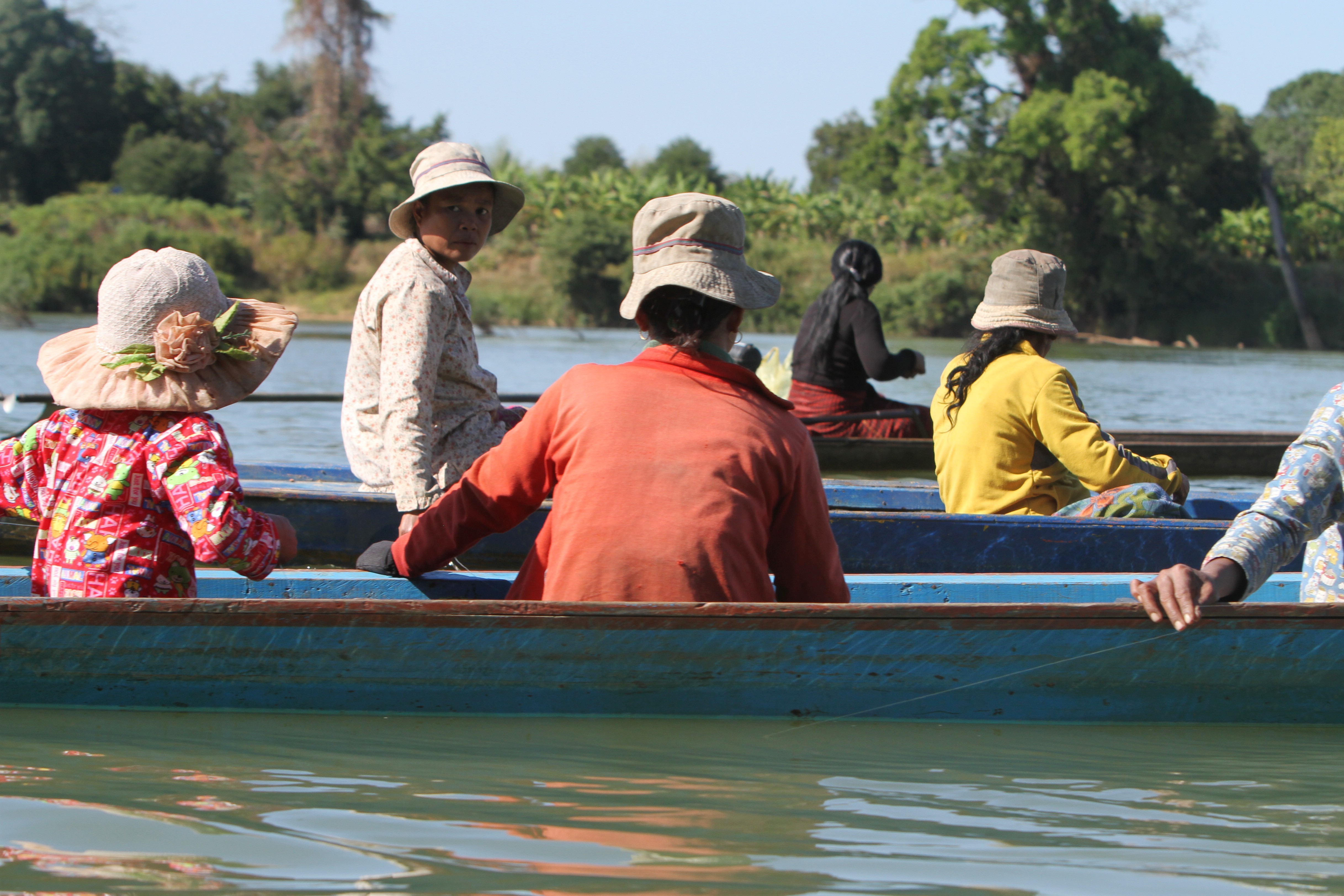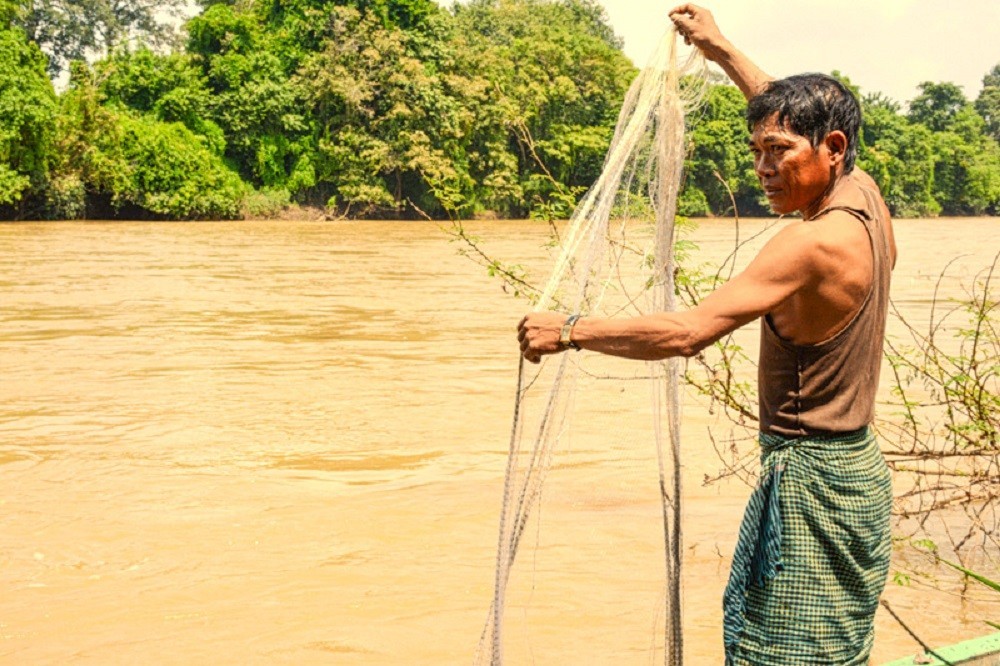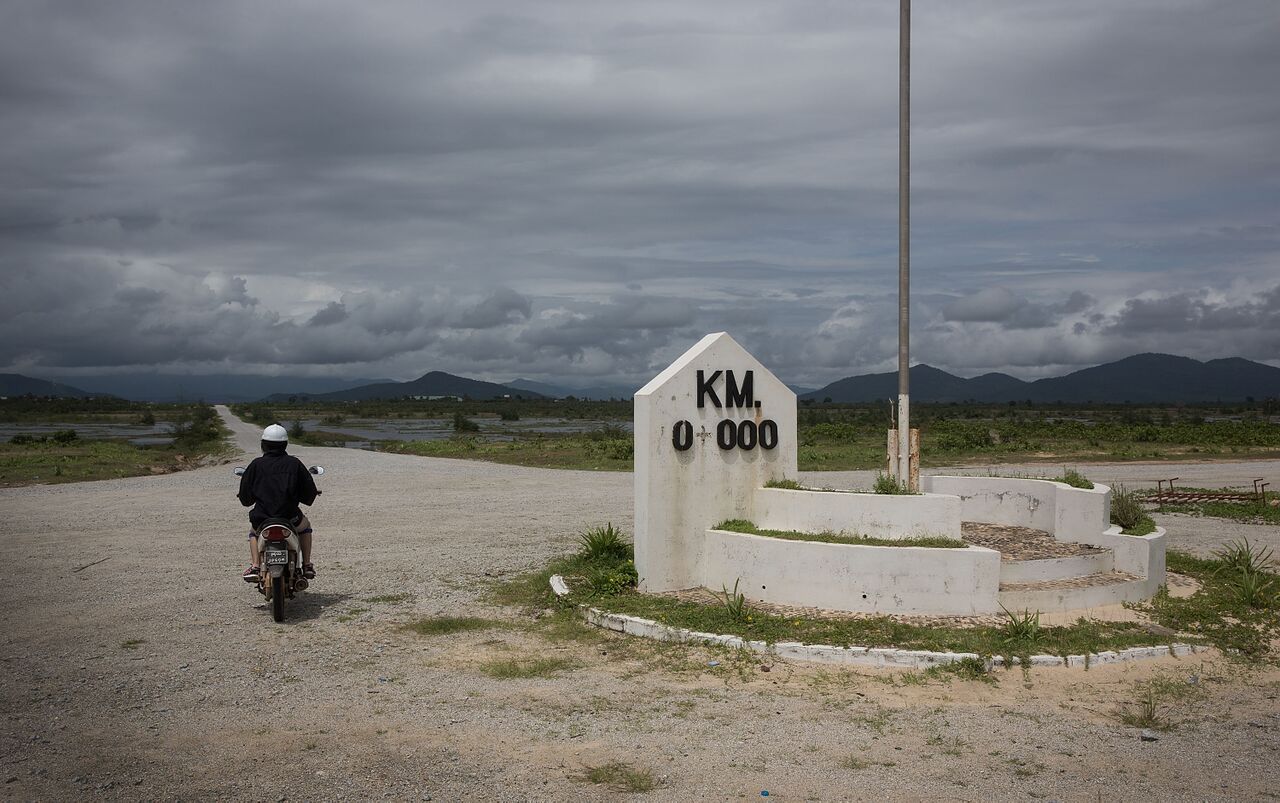Dawei is a seaside community of less than 5,000 families, in one of the world’s least developed corners. Myanmar’s ever widening borders, however, have lured investments here on a scale beyond anything ever conceived within Southeast Asia.
The Dawei Special Economic Zone environs nearly 200 square kilometers of industrial development, a deepsea port and associated road, rail and pipeline links to neighboring Thailand and beyond.
Photojournalist Taylor Weidman captures the faces of Dawei as they they contemplate what lies ahead. Will their fisheries and betel nut farms still provide viable livelihoods? Will new jobs actually be available to them and their children or largely to higher skilled prospects from abroad? Will environmental controls be sufficient and sufficiently enforcement to protect the community, and the natural resources that now sustain it?











